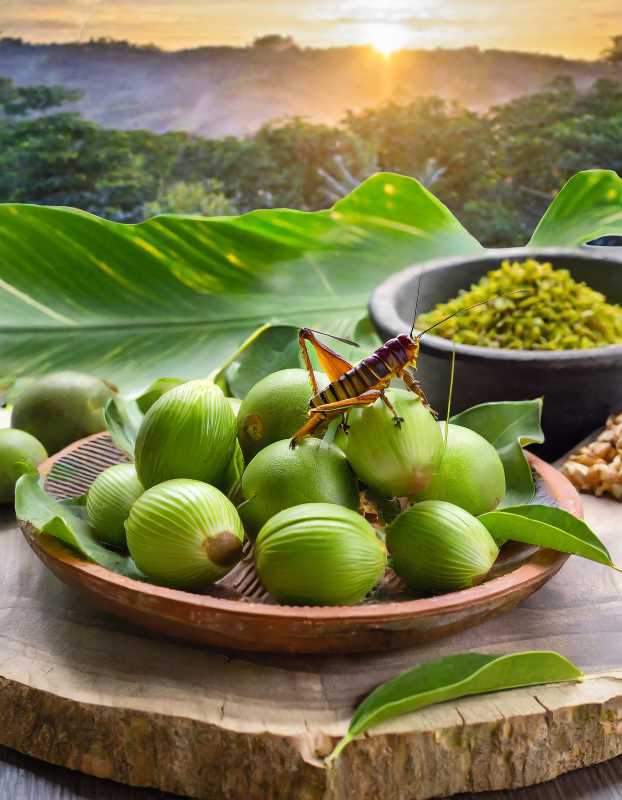How Cricket Flour is Hopping into Your Favorite Foods
Cricket flour, derived from A. domesticus, is revolutionizing our plates with 72% protein, surpassing conventional meats. Beyond nutrition, it's an eco-friendly, job-generating powerhouse, turning waste into wealth. Get ready for the chirpy culinary craze reshaping our approach to food.

In a world where sustainable eating is no longer just a trend but a necessity, the search for alternative protein sources has led us to some unlikely but incredibly promising candidates—edible insects. Brace yourselves because the humble cricket, specifically the Acheta domesticus variety, is stepping into the limelight, transforming from backyard chirpers to the superheroes of the food industry.
Picture this: A cricket boasting a whopping 72% protein content, surpassing the protein levels found in beef, pork, and chicken. If that doesn't make you do a double take, consider the environmental perks—lower water usage, less land area, and reduced greenhouse gas emissions. Move over conventional livestock; it's time to make way for the mighty cricket.
But, you might be wondering, how do you get the Western world, known for its steak dinners and fried chicken cravings, to embrace these six-legged wonders? The answer lies in innovation: cricket flour. By processing crickets into a fine powder, we're turning these critters into culinary chameleons, seamlessly blending into everyday foods.
A. domesticus cricket flour isn't just a quirky addition to your pantry; it's a nutritional powerhouse and an eco-warrior. With higher essential amino acids and protein content, it's not just a substitute; it's an upgrade. The cricket revolution isn't just about eating insects; it's about reshaping our approach to food production and consumption.
Imagine your favorite pasta, now imagine it fortified with cricket flour. That's right, researchers at the Laboratory of Antioxidants and Functional Foods have taken pasta to a whole new level. The result? A pasta that boasts superior nutritional profiles and flaunts antioxidant properties. It's not just a meal; it's a nutritional experience.

From Bugs to Business
But here's the real kicker—cricket farming is not just sustainable; it's a booming business. Quick and easy production cycles mean more jobs and income for developing countries. With up to 12,000 crickets per square meter, generating a cool $2,500 per cycle, it's a win-win for both the economy and the environment.
And let's talk cost. Cricket production is as budget-friendly as it gets. These little wonders happily munch on food by-products and waste, embodying the essence of a circular economy. From food industry cast-offs to protein-rich snacks, crickets are turning waste into wealth.
The edible insect industry is not just a buzzword; it's a culinary revolution. Cricket flour has infiltrated the market, giving rise to a smorgasbord of insect-based products. Think insect-infused bread, cookies, energy bars, tortillas, chips, burgers, sausages, pâté, and sauces—your favorite comfort foods, with a chirpy twist.
While insect-based foods are already making waves, the scientific community remains captivated by the endless possibilities of cricket flour. With ongoing studies exploring new culinary frontiers, there's no telling where these tiny creatures might pop up next.
In the ever-evolving landscape of sustainable eating, A. domesticus cricket flour is emerging as a game-changer. From nutritional benefits to environmental advantages and economic opportunities, the cricket revolution is rewriting the script of the food industry. So, ready or not, it's time to welcome these six-legged morsels into your plate and join the movement that's changing the way we eat, one chirp at a time.




